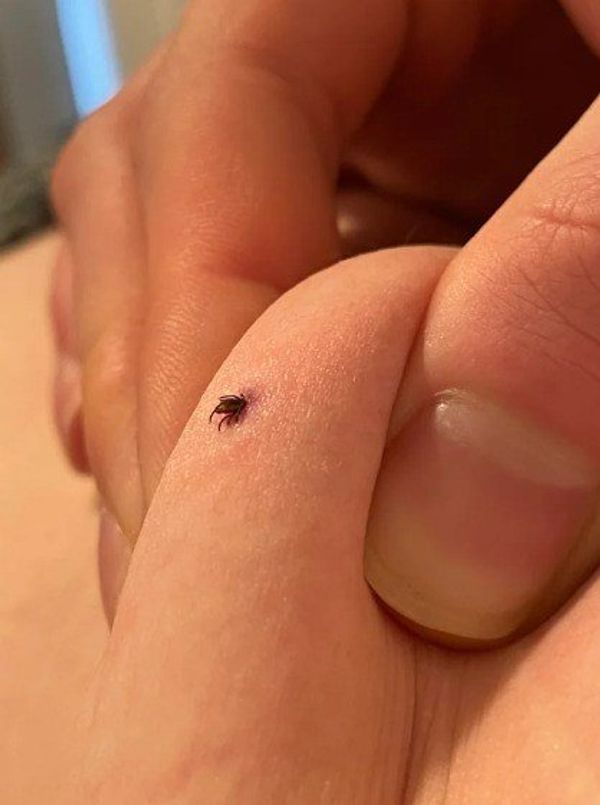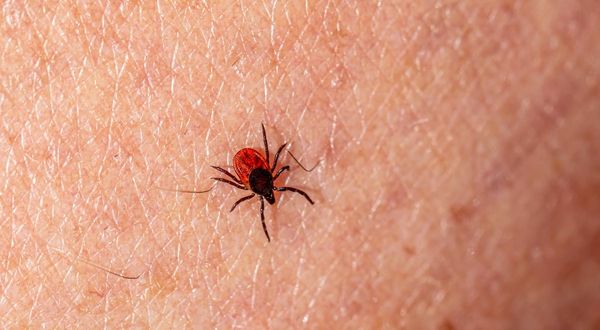Ticks are tiny parasites that feed on blood and are commonly found in forests, grasslands, and gardens. Unfortunately, they can also make their way into our homes, especially if we have pets. If you happen to find a tick in your house, don’t panic. With swift action, you can prevent any potential diseases from spreading.

How to Handle Ticks in Your Home
Identify the Tick
First things first, you need to identify the type of tick you’ve found. It’s important to note that some tick species are more dangerous than others. If you’re unsure about the type of tick, take a clear photo of it and consult a medical professional or a pest control expert for assistance.

Remove the Tick
Once you have identified the tick, it’s time to get rid of it. To remove the tick safely, use a pair of tweezers or a tick removal tool. Gently grasp the tick as close to the skin as possible and pull it out slowly. Be careful not to squeeze or twist the tick, as this can cause the head to break off and remain in your skin.

Dispose of the Tick
After successfully removing the tick, it’s essential to dispose of it properly. Place the tick in a sealed plastic bag or container and discard it in your outdoor garbage bin. Avoid crushing the tick with your fingers, as this could release disease-causing pathogens.
Clean the Area
Cleaning the area where you found the tick is crucial to prevent any potential infection or disease transmission. Make sure to thoroughly clean the area with soap and water. You can also use rubbing alcohol or hydrogen peroxide to disinfect the area and reduce the risk of any infections.
Check for Other Ticks
Ticks are sneaky creatures and can hide in various places around your home, such as carpets, bedding, and furniture. If you have pets, it’s essential to check their fur for any attached ticks using a fine-toothed comb.
Prevent Future Infestations
Taking preventive measures is key to keeping your home free of ticks. Here are some tips to help you prevent future tick infestations:
- Keep your home clean and clutter-free to eliminate hiding spots for ticks.
- Seal any cracks or gaps in your walls or foundation that may serve as entry points for ticks.
- Use tick repellents on your pets to protect them from ticks.
- After outdoor activities, regularly check both your pets and family members for ticks.
Ticks and Health Risks
Ticks have the potential to transmit various diseases, including Lyme disease, Rocky Mountain spotted fever, and tularemia. If you or a family member experience symptoms such as fever, rash, or muscle aches after a tick bite, it’s crucial to seek immediate medical attention.
Finding a tick in your house can be alarming, but by following these steps, you can protect yourself, your family, and your home. Remember to identify and remove the tick carefully, dispose of it properly, clean the area thoroughly, check for other ticks, and take preventive measures. By doing so, you can keep your home tick-free and reduce the risk of tick-borne diseases.





